-
Latin America
Latin America
- Countries (hidden space)
- Galapagos & Ecuador
- Guatemala
- Mexico
- Panama
- Peru
- Popular Attractions
- Machu Picchu
- Inca Trail
- Easter Island
- Galapagos Islands
- Patagonia
- Rio de Janeiro
- Iguazu Falls
-
Africa
Africa
- Spacer Africa
- South Africa
- Zimbabwe
- Popular Attractions
- Cape Town
- Okavango Delta
- Sossusvlei Dunes
- Victoria Falls
- The Kruger
- The Garden Route
- Masai Mara
-
Asia
Asia
- Spacer Asia
- Laos
- Sri Lanka
- Uzbekistan
- Vietnam
- Popular Attractions
- Taj Mahal
- Lion Rock (Sigiriya)
- Angkor Wat
- Ha Long Bay
- Kyoto
- Europe & Middle East
-
Destinations
- Latin America
- Argentina
- Bolivia
- Brazil
- Chile
- Colombia
- Costa Rica
- Galapagos & Ecuador
- Guatemala
- Mexico
- Panama
- Peru
- Asia
- Borneo (Malaysia)
- Cambodia
- India
- Japan
- Laos
- Sri Lanka
- Uzbekistan
- Vietnam
- Middle East
- Jordan
- Southern & East Africa
- Botswana
- Kenya
- Namibia
- South Africa
- Zimbabwe
- Europe
- Slovenia
- All Holiday Destinations
- Contact Us
-
About
About
Llama Travel provides high quality holidays at the lowest possible prices.
99% recommend us Lower prices - guaranteed Financially protected by ATOL
The Llama Travel Blog
How to combat seasickness on the Galapagos Islands
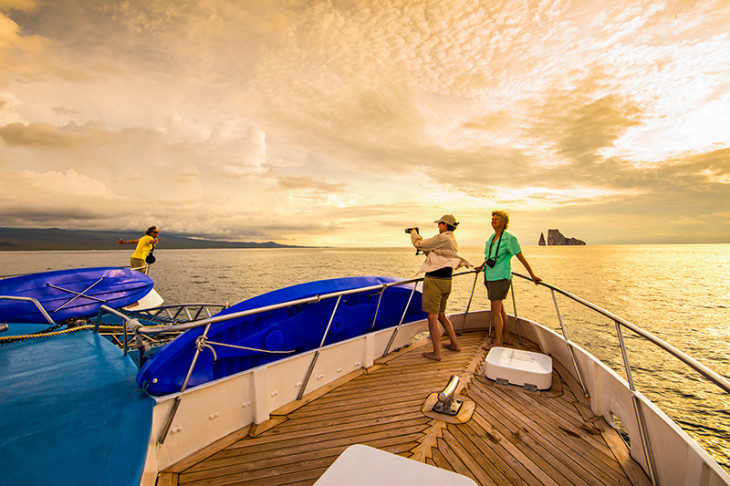
There are many factors to consider when travelling to the Galapagos Islands. You can go land-based and stay in a hotel on Isabela or one of the other islands, or you can choose from numerous yachts, catamarans and larger vessels. Whilst these are both fantastic options, in order to reach the most remote parts of the archipelago, a cruise is essential. One question we often get asked is whether passengers are likely to get seasick, and which types of boat are more likely to cause it. In short, this shouldn’t keep you from taking the trip of a lifetime. Keep reading for some Galapagos seasickness FAQs and top tips.
Are the smaller boats stable?
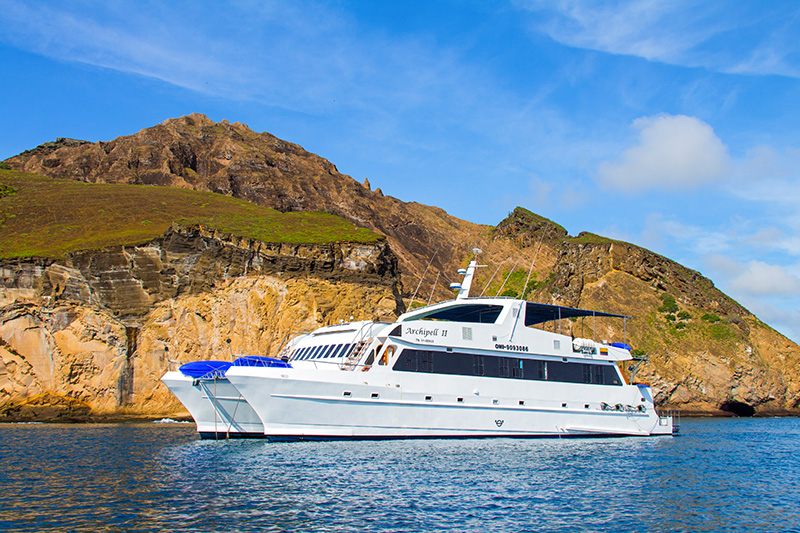
We offer cruises on boats ranging from 14-berth sailing yachts to 90-berth expedition ships. The smaller boats (14 – 16 passengers) are more intimate, so you will get to know your guide and shipmates more. However, they do not necessarily have the same on-board comfort as the larger ships. Sea movement is felt more, although this is marginal, and there may be some engine noise when sailing at night. All of the boats are designed to be as stable as possible, and many people prone to motion sickness don’t experience any problems in the Galapagos.
Do you travel overnight?
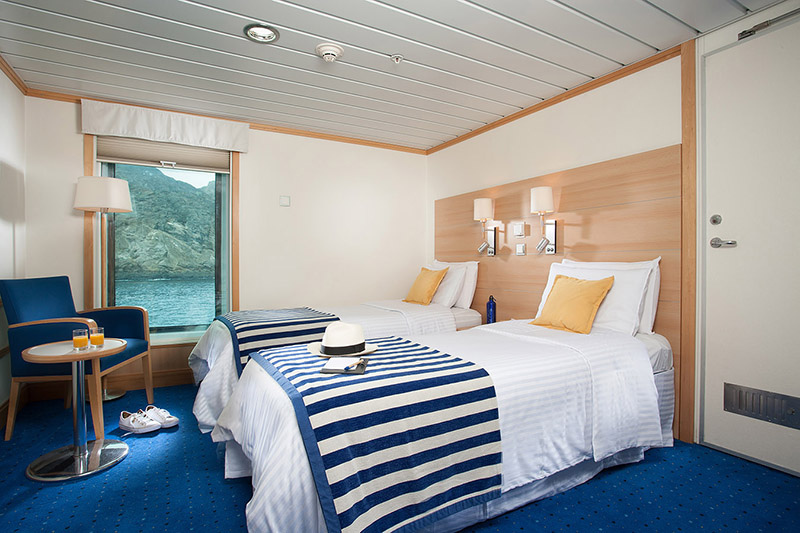
The boats sail at night, meaning that you wake up in the morning at the next island, and thus not wasting any valuable wildlife-spotting time. Depending on which itinerary you choose, you might arrive at the next destination (a calm spot where the boat can anchor) before midnight, or spend more of the night travelling. Many people find that the motion of this rocks them to sleep, although you may wish to choose an itinerary with shorter overnight distances.
How rough are the seas?
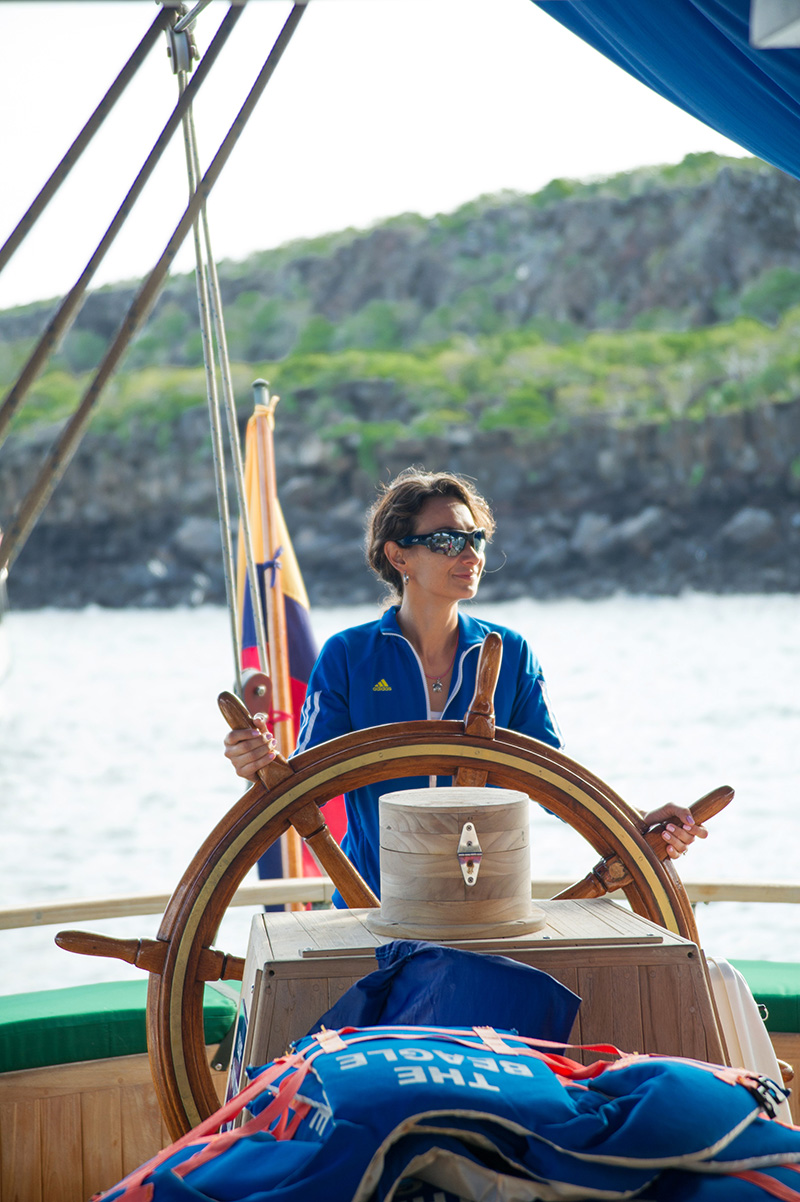
Due to sea currents and depending on the wind levels, there will be light to moderate movement of the vessel while navigating (mainly overnight). Galapagos waters are mostly calm, but open-ocean crossings can sometimes cause queasiness, especially in August and September. Seas are generally at their calmest from January to April. The majority of passengers aren’t affected, or just for a short time before they adapt to the motion of the ship and get their sea legs.
If I take a land-based tour, will I still get seasick?
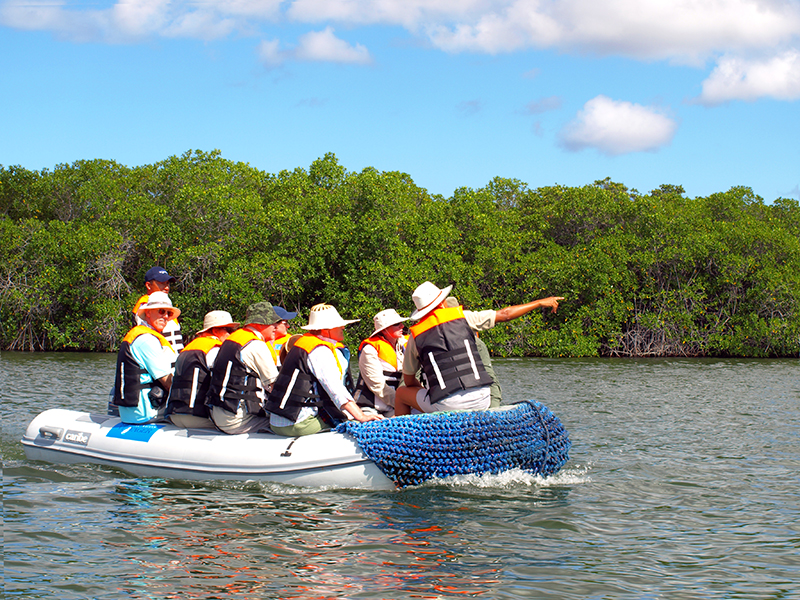
Smaller speed boats used for day tours tend to be bumper and nosier, often causing earlier symptoms of seasickness than catamarans, stable yachts and bigger vessels. Cruises move quickly to reach calmer waters and leave more undisturbed sleeping time. That being said, there are many advantages to taking an island-stay holiday. Read our Sail or Settle blog to find out more.
Would I prefer a land-based trip?
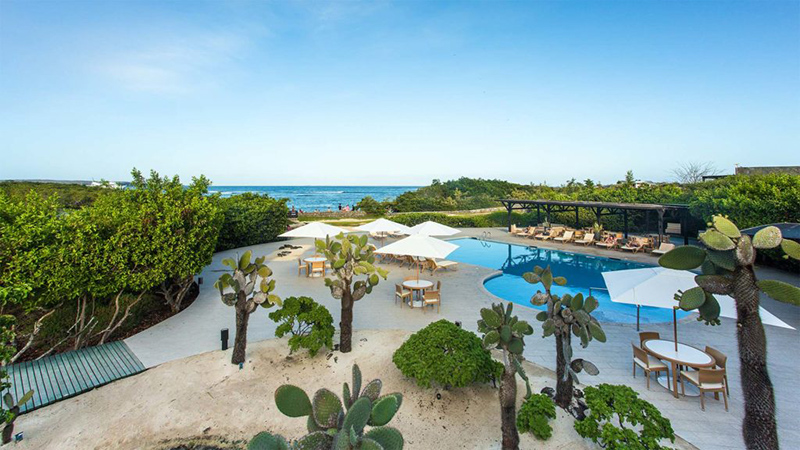
If you prefer to be based on land, then staying on an island allows you to experience the wildlife during the day on excursions but return to the comforts of a good hotel in the evening. Meanwhile a cruise allows you to visit different islands, including the more remote ones, as well as visiting the islands early in the morning, one of the best times for observing the wildlife.
Which boat is best?
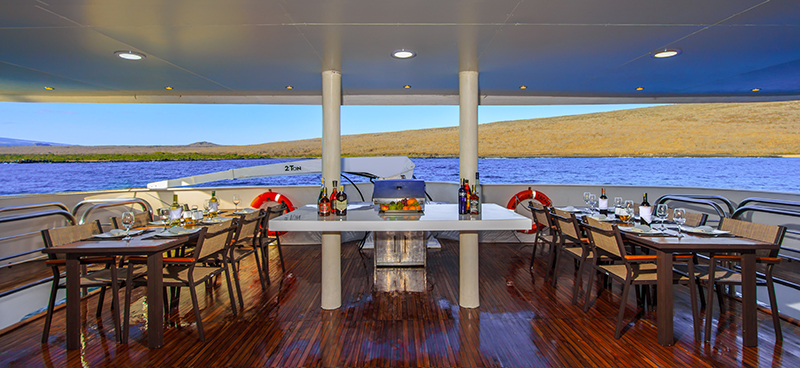
It is commonly believed that catamarans are more stable, however, monohulls sit lower in the water with more of the boat under the water level, designed to work with the elements rather than trying to fight them. Click here for a detailed ship comparison.
What if I get sick on-board?
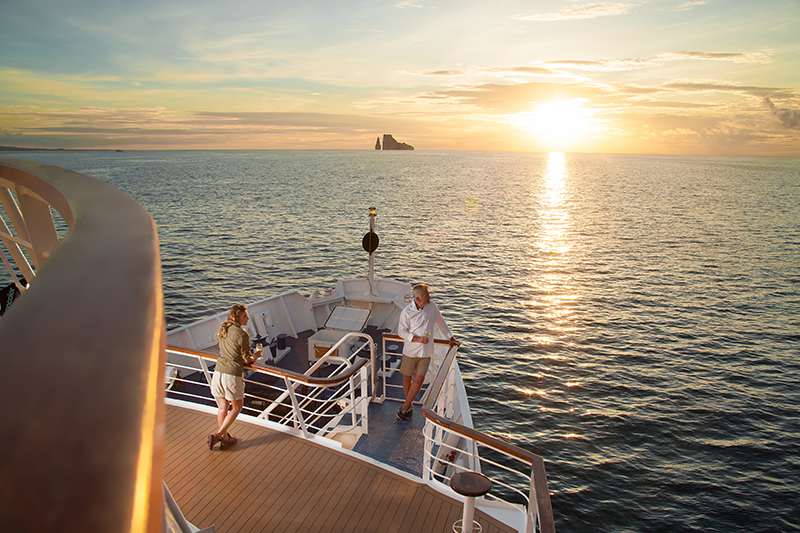
If you still find yourself feeling queasy whilst on-board, here are some top tips to bear in mind:
- Waters in the Galapagos tend to be calmer in the first half of the year, so consider booking in these months. September tends to be the worst month in terms of ocean roughness.
- Fresh air often helps, so sit on the sun deck facing forwards and watch the horizon.
- Ensure you drink plenty of water to avoid dehydration, and avoid alcohol as this increases nausea.
- Consider requesting a cabin on a lower deck, as the closer your cabin is to the water the less it will move.
- Many people wear wristbands and take tablets to combat seasickness. There are also herbal remedies such as ginger and peppermint which may help. Consider consulting a doctor before your trip.
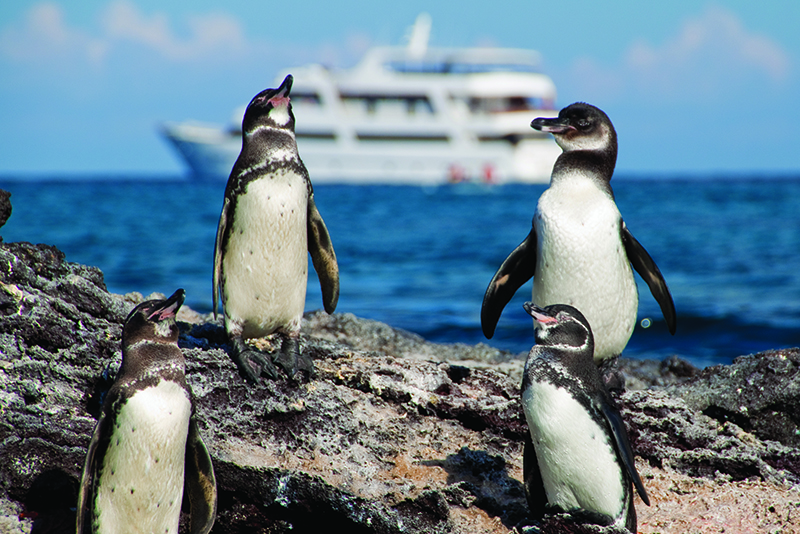
A Galapagos visit truly is the trip of a lifetime, and it would be a huge shame to not experience the phenomenal wildlife due to the fear of seasickness. So rather than letting this prevent you from taking a Galapagos holiday, perhaps consider these points before booking your next trip. If you are still not convinced by a cruise, a land-based Galapagos holiday allows you to experience abundant wildlife as well as activities such as snorkelling, kayaking and hiking.
You can browse all our Galapagos Holidays here, or call us on 020 7263 3000 to discuss it with someone who’s been to the Galapagos & Ecuador.
Found this blog useful? Sign up to our newsletter for more holiday tips and advice!
